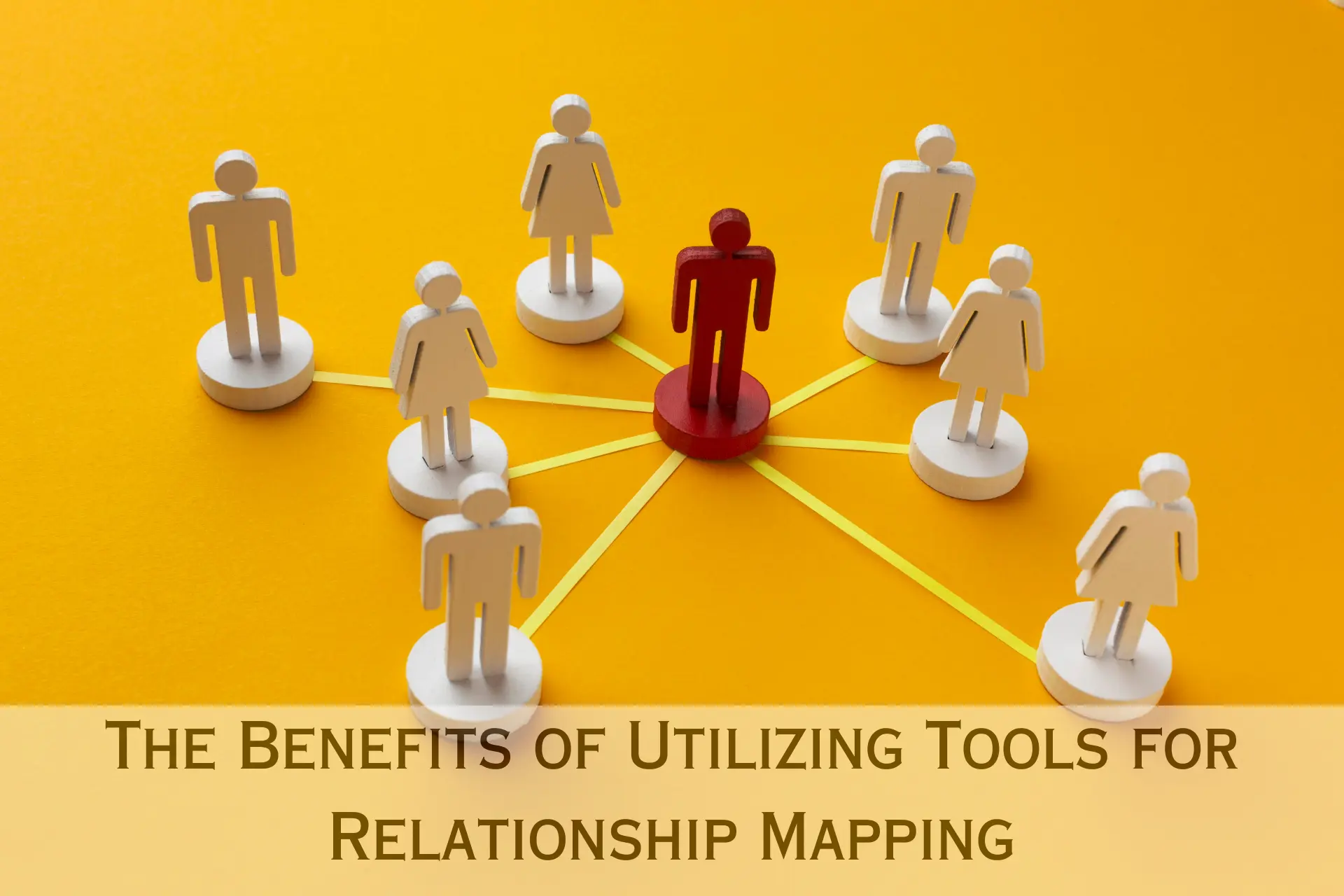In this age of digital interconnections and globalized business environments, organizations are increasingly recognizing the importance of thoroughly understanding their relationship networks. This enables them to exploit maximum potential from their connections, and streamline their operations. The use of advanced tools for relationship mapping can streamline the intricate process further, delivering more refined insights that can significantly influence the strategic direction. Let’s delve deeper into the topic.
Understanding Relationship Mapping and Its Importance
At its core, relationship mapping is a visual tool that helps organizations uncover the intricate interconnections between their staff, customers, and stakeholders. Visualizing these connections opens doors to profound insights and aids in informed decision-making.
The importance of relationship mapping cannot be overstated. It aids in uncovering hidden patterns and relationships that can hold immense potential for business growth and expansion.
Moreover, it allows for the effective management of the relationship hierarchy, helping organizations prioritize resources to foster relationships that bring maximum value. Essentially, it facilitates informed decision-making, aligns strategic objectives, and promotes growth.
Lastly, relationship mapping also plays a crucial role in managing change within organizations. Through this process, organizations can identify individuals who are key to change management and focus their efforts accordingly.
Why Businesses Should Prioritize Relationship Mapping?
Businesses operate in an increasingly competitive environment, where managing relationships effectively can set an organization apart. It aids in understanding the influence and reach of key individuals in an organization and making strategic decisions accordingly.
By prioritizing relationship mapping, businesses can also foster deeper relationships with their customers. The insights gained from the process can enable businesses to tailor their offerings to meet customer needs more effectively.
Further, it helps businesses stay ahead of potential risks. By understanding the interplay of relationships, they can identify vulnerable areas and take measures to strengthen them.
Indispensable Tools for Better Relationship Mapping
Several indispensable tools are available to aid in the process of creating detailed and insightful relationship maps. These tools can be as simple as mind-mapping software or as advanced as specialized relationship mapping platforms.
Among these, platforms that offer AI-based relationship mapping are increasingly gaining traction. They automatically update the relationship maps based on changes in social media platforms, professional networking sites, and internal databases.
Apart from these, AI-based predictive analysis tools can help organizations forecast future trends based on existing relationship patterns, thereby providing firms with a competitive edge.
This signifies the importance of choosing the right relationship mapping tool that fits the unique needs and objectives of an organization.
Real-World Success Stories of Utilizing Relationship Mapping Tools
In recent years, many organizations, both large and small, have discovered the immense value that relationship mapping can bring to their businesses. They have witnessed a key shift in their strategic planning and operations after the implementation of relationship mapping tools.
For instance, by identifying key influencers within their customer base, many e-commerce businesses have been able to steer their marketing strategies effectively, leading to increased sales and brand recognition.
Similarly, many large corporations have successfully navigated staff restructuring and mergers by using relationship mapping tools to identify key personnel involved in pivotal roles within their network.
These success stories highlight the impact of using the right tools to map relationships effectively and how they can fuel business growth.
How to Choose the Right Relationship Mapping Tools for Your Organisation?
Choosing the right relationship mapping platform involves careful consideration of several factors. It begins with understanding your organization’s requirements and the goals you want to achieve through relationship mapping.
The selected tool should have the capacity to seamlessly integrate with other systems in your operation. It should provide a comprehensive view of relationships and should have the ability to track changes and evolution over time.
Overall, relationship mapping is a powerful tool that can provide businesses with deep insights leading to strategic decisions. Modern tools for relationship mapping can help ease this process, ultimately leading to stronger working relationships and purpose-driven companies.




